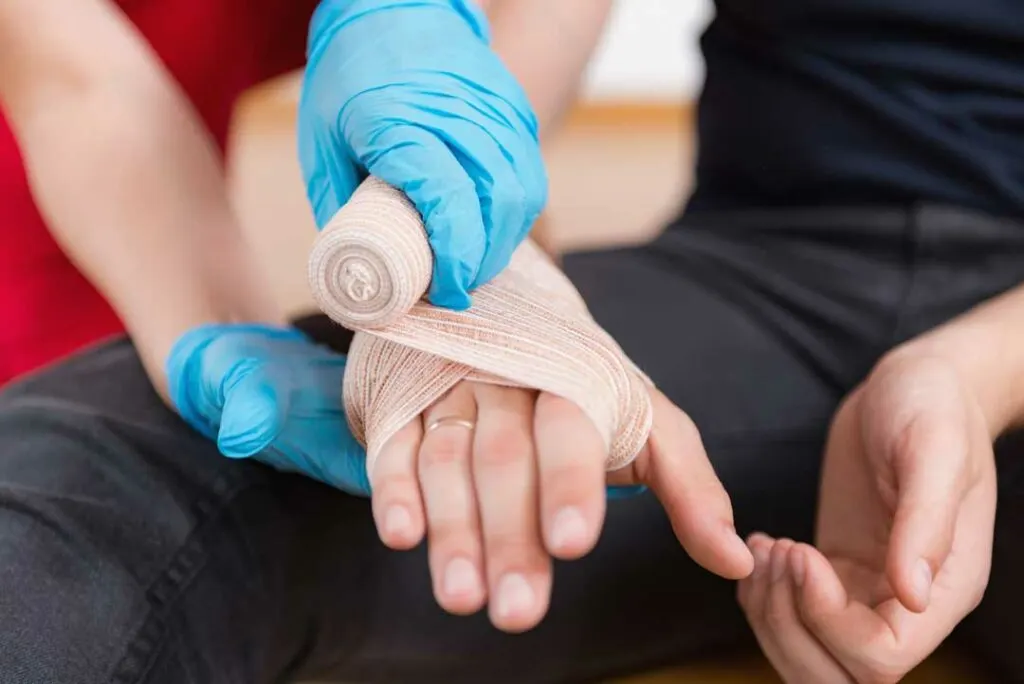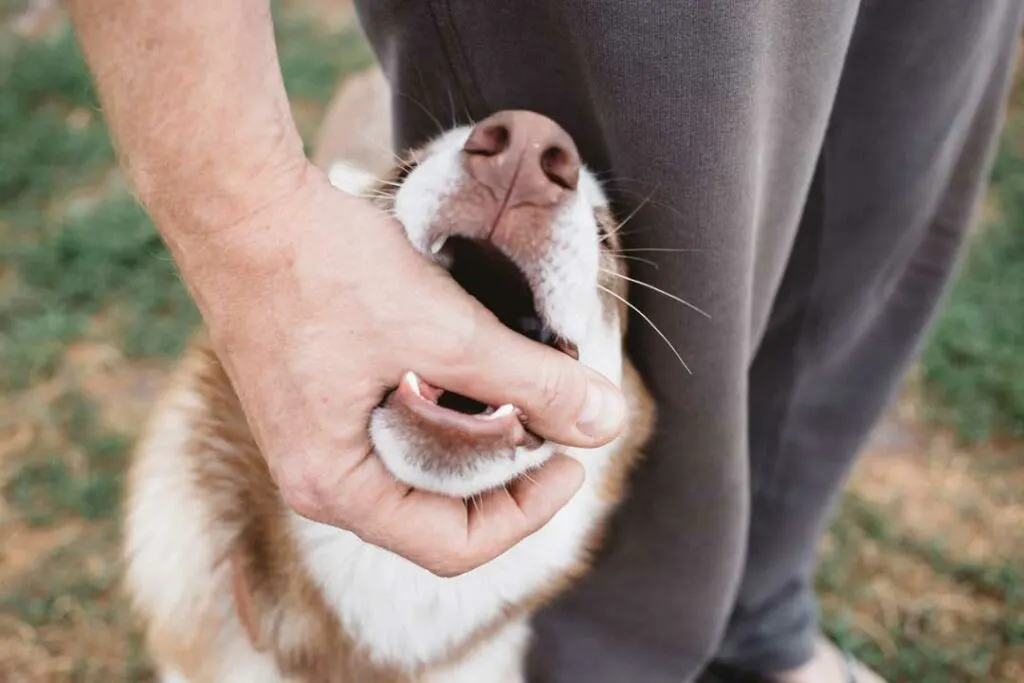Cleaning a dog bite injury promptly and properly is essential to prevent infection and promote healing. Dog bites can introduce bacteria into the wound, increasing the risk of infection if not properly treated. Here are the steps for effectively cleaning a dog bite and managing the injury.

Assess the Severity of the Bite
The first step is to assess the wound’s severity. Minor bites that don’t break the skin or result in superficial scratches can often be managed at home. However, if the bite is deep, punctures the skin, or if you observe excessive bleeding, it’s essential to seek medical attention promptly. Also, the dog bite injury lawyers in Louisville warn that dog bites on sensitive areas, such as the face, hands, or joints, require extra caution, as these areas are more prone to complications and infection.
Stop Any Bleeding
If the wound is bleeding, apply gentle but firm pressure with a clean cloth or sterile gauze to stop it. If the bleeding is profuse or difficult to control, elevate the injured area above the heart level and continue to apply pressure until it stops. For severe bleeding that doesn’t stop within a few minutes, seek immediate medical assistance, as it may indicate a deep puncture wound or damage to underlying tissues.
Rinse the Wound with Water
Once the bleeding is under control, rinse the wound thoroughly with clean, running water. This step helps flush out bacteria and debris that may have entered the wound from the dog’s mouth. Ideally, use warm water and let it run over the bite for five to ten minutes to wash out any bacteria. Avoid scrubbing the wound, as this can cause additional tissue damage. If possible, use a mild, fragrance-free soap around the wound’s edges, but be careful not to let the soap get inside deep puncture wounds, as this can cause irritation.

Apply an Antiseptic Solution
After rinsing, gently pat the wound dry with a clean towel or gauze. Apply an antiseptic solution or a disinfectant, such as hydrogen peroxide, iodine, or an alcohol-based sanitizer, to the area to further kill any remaining bacteria. Be cautious when using hydrogen peroxide or alcohol, as these can sometimes irritate the skin and delay healing. Antiseptic creams or antibiotic ointments, such as Neosporin, can also be applied to help reduce the risk of infection.
Bandage the Wound
Cover the bite with a sterile bandage to protect it from dirt and bacteria while it heals. Use a non-stick bandage and medical tape to secure it. If the bite is on a joint or an area that moves frequently, you may need to check and replace the bandage more often to ensure it remains clean and secure. For larger or deeper bites, a sterile dressing may be required, so it’s best to seek medical advice.
Monitor for Signs of Infection
Dog bite wounds are at high risk for infection, so it’s crucial to monitor the injury closely for signs of infection in the following days. Redness, swelling, warmth, pus, or increased pain around the wound are common signs of infection. Fever, swollen lymph nodes, or streaks of redness extending from the bite are also serious signs that require prompt medical attention.
Get Medical Assistance if Needed
Even if the bite seems minor, it’s generally a good idea to consult a healthcare provider, especially if the dog’s vaccination status is unknown or if you haven’t had a tetanus booster in the last five years. Some dog bites may require antibiotics to prevent infection or, in some cases, a tetanus shot or rabies vaccination. For bites with high infection risks or near vital areas like the face or hands, seeking professional medical care is essential.
Properly cleaning a dog bite can help reduce the risk of infection and promote faster healing. By rinsing the wound, applying antiseptics, covering it with a bandage, and monitoring for signs of infection, you can effectively manage the injury. However, if you have any doubts about the bite’s severity or the dog’s health history, don’t hesitate to seek medical advice for additional care.

Jessi is the creative mind behind The Coffee Mom, a popular blog that combines parenting advice, travel tips, and a love for all things Disney. As a trusted Disney influencer and passionate storyteller, Jessi’s authentic insights and relatable content resonate with readers worldwide.
